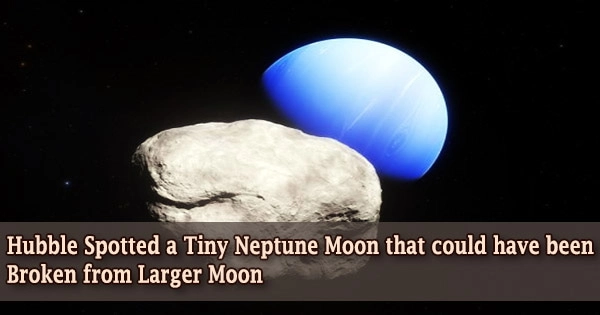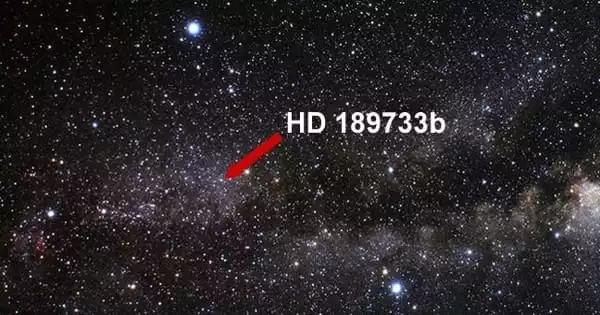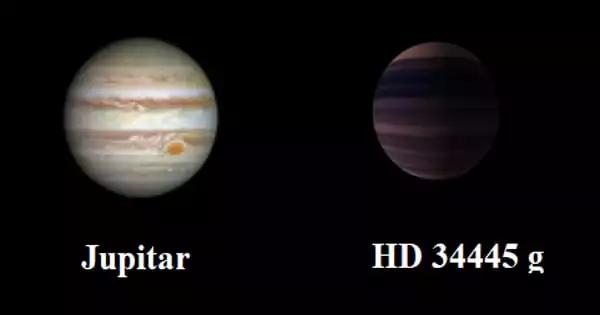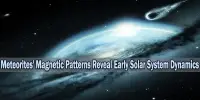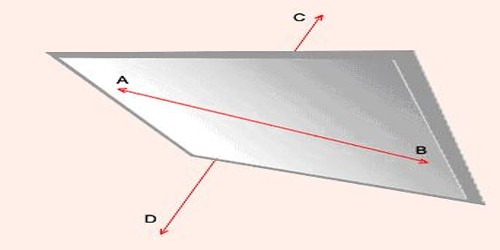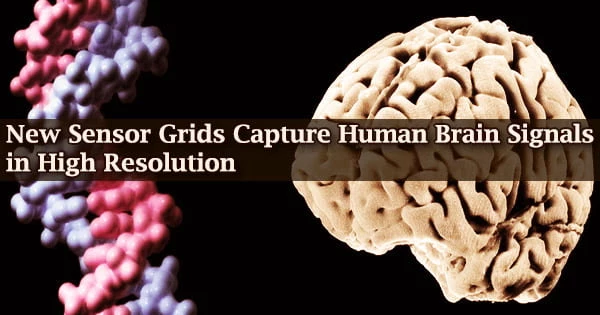It’s been called “the moon that shouldn’t be there” by astronomers, who discovered a new moon orbiting Neptune: Hippocamp, a 34-kilometer-wide chunk of rock. Hippocamp has now become Neptune’s smallest moon, bringing the total number of known satellites to 14.
A team of planetary scientists utilizing NASA’s Hubble Space Telescope has finally come up with an explanation for a strange moon orbiting Neptune that they found using Hubble in 2013.
Hippocamp is unusually close to a much larger Neptunian moon called Proteus. Normally, a moon-like Proteus should have gravitationally swept aside or swallowed the smaller moon while clearing out its orbital path.
So why does the tiny moon exist? Hippocamp is most likely a shard of the larger moon, which was shattered billions of years ago in a collision with a comet. Proteus (which is 260 miles (about 418 kilometers) across) is 1/1000th the mass of the little moon, which is about 20 miles (about 34 kilometers) across.
The moon Triton, which orbits Neptune, is home to the vast majority of the planet’s mass. Proteus is the next largest Neptunian satellite after Triton, and the largest of the moons orbiting Neptune closer than Triton. Hippocamp is around 8% the size of Proteus, which is just 15% the size of Triton.
“The first thing we realized was that you wouldn’t expect to find such a tiny moon right next to Neptune’s biggest inner moon,” said Mark Showalter of the SETI Institute in Mountain View, California. “In the distant past, given the slow migration outward of the larger moon, Proteus was once where Hippocamp is now.”
Images from the Voyager 2 spacecraft taken in 1989 reveal a massive impact crater on Proteus, almost large enough to shatter the moon.
“In 1989, we thought the crater was the end of the story,” said Showalter. “With Hubble, now we know that a little piece of Proteus got left behind and we see it today as Hippocamp.” The orbits of the two moons are now 7,500 miles (about 12,070 kilometers) apart.
Based on estimates of comet populations, we know that other moons in the outer solar system have been hit by comets, smashed apart, and re-accreted multiple times. This pair of satellites provides a dramatic illustration that moons are sometimes broken apart by comets.
Jack Lissauer
Hippocamp’s size and orbital positioning imply it could be an old part of the Proteus, according to the researchers. Hippocamp’s volume is a minuscule fraction of the debris believed to have come from Proteus’ greatest impact crater, Pharos, but the study couldn’t declare for sure that it formed from a Proteus impact.
The satellite system of Neptune had a tumultuous and violent past. Neptune caught the huge moon Triton from the Kuiper Belt, a large region of icy and rocky objects beyond Neptune’s orbit, many billions of years ago. Neptune’s initial satellite system would have been ripped apart by Triton’s gravity.
The debris from shattered Neptunian moons re-coalesced into the second generation of natural satellites when Triton settled into a circular orbit. However, comet bombardment continued to wreak havoc on the system, resulting in the formation of Hippocamp, a third-generation satellite.
“Based on estimates of comet populations, we know that other moons in the outer solar system have been hit by comets, smashed apart, and re-accreted multiple times,” noted Jack Lissauer of NASA’s Ames Research Center in California’s Silicon Valley, a co-author on the new research. “This pair of satellites provides a dramatic illustration that moons are sometimes broken apart by comets.”
Hippocamp is a Greek mythological half-horse, half-fish creature. The seahorse’s scientific name is Hippocampus, which is also the name of an essential region of the human brain. The International Astronomical Union mandates that Neptune’s moons be named after undersea mythology from Greek and Roman mythology.
The team of astronomers in this study consists of M. Showalter (SETI Institute, Mountain View, California), I. de Pater (the University of California, Berkeley, California), J. Lissauer (NASA Ames Research Center, Silicon Valley, California), and R. French (SETI Institute, Mountain View, California).
The paper will appear in the February 21 issue of the science journal Nature.
NASA and ESA (European Space Agency) collaborated on the Hubble Space Telescope. The telescope is managed by NASA’s Goddard Space Flight Center in Greenbelt, Maryland.
The Space Telescope Science Institute (STScI) in Baltimore, Maryland, conducts Hubble science operations. STScI is operated for NASA by the Association of Universities for Research in Astronomy in Washington, D.C.
